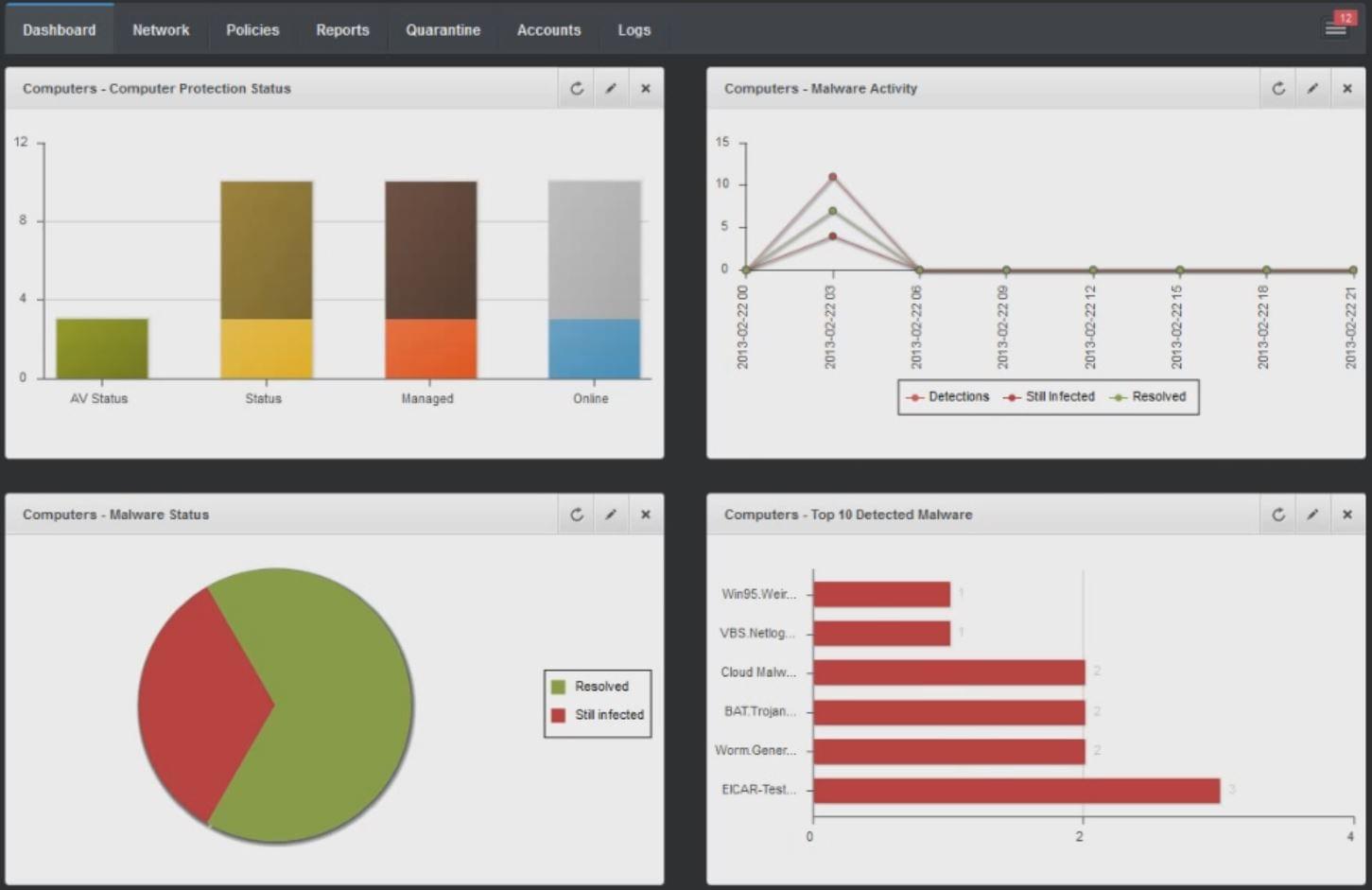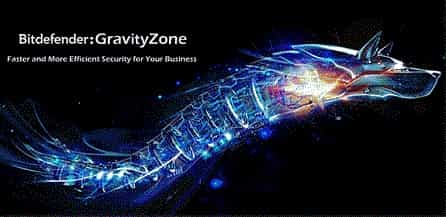

The web interface enables you to define the installer packages by selecting which components to include along with some installation settings, such as an uninstallation password (opens in new tab), a custom installation path and more. To grab installer packages for the endpoints you’ll have to cook them first as per your requirements.
Gravityzone bitdefender update#
Some of the portlets, such as Malware Status, and the Update Status also allow you to perform actions directly on the endpoints from within them. You can customize each portlet or add new ones from its repository of portlets. The dashboard contains a trend line of malware activity and also offers drill-down capabilities for some of the other elements, known as portlets in the parlance of the web interface. The primary interface for managing GZABS is the cloud interface dubbed GravityZone Control Center.
Gravityzone bitdefender install#
Install and configure of Bitdefender GravityZone v7 (6.3.(Image credit: Bitdefender) Interface and use

Michael’s blog can be found here and he recently posted two Bitdefender articles, listed below: Side note – a special thanks to Michael White for taking the time to review my draft while also providing solid suggestions to improve it. The option to force a restart by the administrator using the Bitdefender Admin portal is available by following these steps: Check the box to the left of the client, select Tasks and then Restart Machine. A restart of client is required in order for the policy to apply successfully. You will now notice that the Bitdefender client will turn OFF and then back ON for the targeted machine. In order to apply the new policy to additional clients, click Network, select the OU that includes the client, select the client you’d like to apply the policy to, click Tasks, select Reconfigure Client, select Now, select Device Control and then Save. On the following screen, select the computer name from the list that has the device connected to it, provide a description, changed the permission to Allowed and then click Save on the following page and the device being configured is Allowed (see below): In order to allow the device connected to be accessed, the following must be done in the Bitdefender console: Since the device you’ve connected has never been approved, Bitdefender will DENY (see below) the device: Next, connect the device (for example, a USB hard drive) into a workstation that has the policy above applied to it. In order to approve\whitelist a device, please click on Policies, Add and then create the new policy that will include the specifics for the new policy that will be applied to your environment. This can be accessed by logging into your Bitdefender portal, click Policies then Device Control: Included below are a list of various device classes that can be blocked or allowed.


The following will provide you with the steps needed to enforce NIST 800-171 with the Bitdefender client.īitdefender provides the ability to manage USB devices in your environment.
Gravityzone bitdefender portable#
The purpose of this policy is to prohibit the use of portable storage devices that do not include an identifiable owner which also includes an approach for handling and protecting CUI that is shared between federal agencies and organizations. In order to comply with NIST 800-171, policies must be created to limit the use of portable storage devices in a corporate environment.


 0 kommentar(er)
0 kommentar(er)
